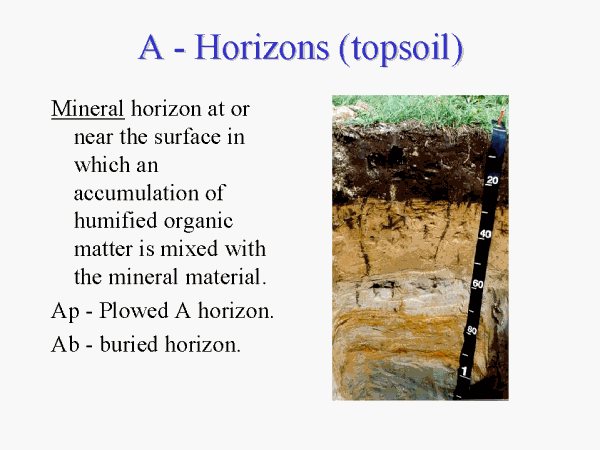

Chroma is indicated in a 0 to 20 range for colourĬarbonates in SoilsCarbonates are materials that coat soil particles in soils that are above pH 7, especially in arid or semi-arid climates. The number before the colour indicates progression from yellow to red. The symbol for hue are the first letter of the colour, R for red, Y for yellow, Y-R for yellow-red. Record the colour matches by hue, value and chorma.Compare the sample with this chart and identify the main colour match and a secondary colour match.Place a sample of the soil from each layer on a white sheet.Record your first and second choices for soil colour. Look carefully at the colours on the soil colour chart on the back and compare them with your soil to decide the colour of your soil. If the soil is dry, carefully moisten the inside surface with a spray of water. To identify the soil colour take an undisturbed soil ped in your hand. Soil colour indicates the types of minerals found in a soil and indicates how soils were formed.
.jpg)

Mark each layer ( use a nail or golf tee) at the top and bottom of each horizon.

This will give both elevation and longitude and latitude for your site. Stand next to the soil pit and use your GPS to create a waypoint for the location of your soil pit. Making a soil pit: Identifying and describing the study area involves three steps. The next steps, outlined below, describe what information is typically collected in a soil pit and how analysis of the information helps in understanding various soil uses and dynamics. The initial step is selecting site and making a soil pit. The following descriptions outline methods for describing and analyzing soils.


 0 kommentar(er)
0 kommentar(er)
